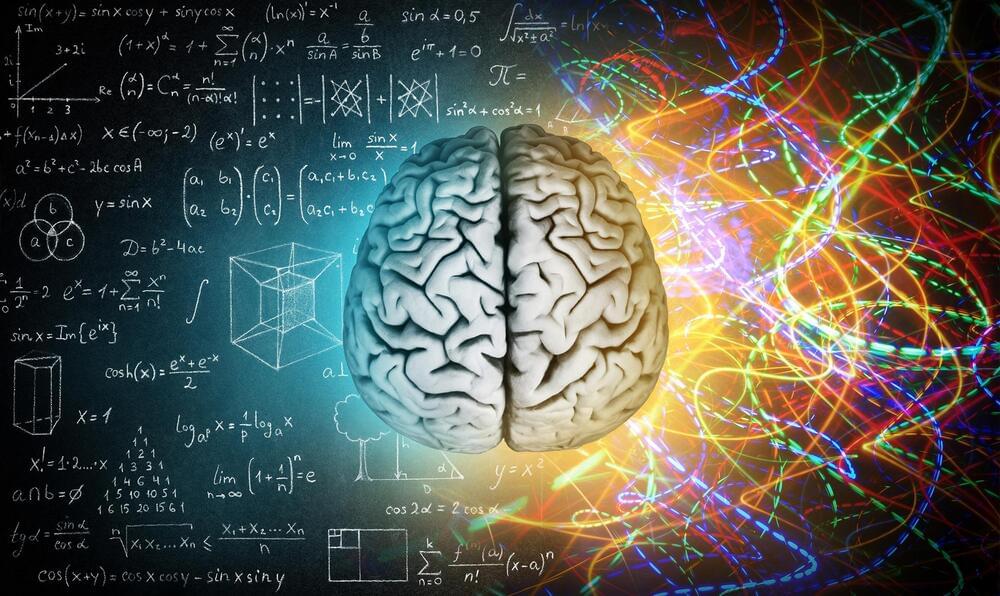If you’ve ever thought your children in elementary school were “smarter” than you, or at least quicker at taking up new skills and knowledge, new research published in the journal Current Biology confirms that you were correct. According to the new study, there are differences in the brain messenger GABA between kids and adults, which may explain why kids often seem to be more capable of learning and retaining new information.
“Our results show that children of elementary school age can learn more items within a given period of time than adults, making learning more efficient in children,” said Takeo Watanabe of Brown University.
According to the study, children experienced a rapid increase in GABA during visual training, which lasted even after the training ended. In contrast, GABA concentrations in adults remained constant during training. These findings suggest that children’s brains are more responsive to training, allowing them to quickly and efficiently consolidate new learning.





